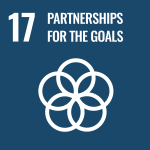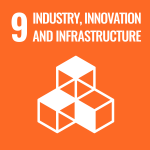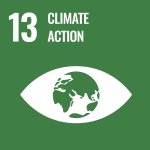Replacing fossil fuels with hydrogen: Fuse, Reuse, Recycle
Climate-friendly hydrogen is one of the pathways to help achieve climate neutrality by 2050. How? Hydrogen produced from renewable energy, can function as a carbon-free fuel for industry and transportation, and as a key raw material for certain sectors of the chemical industry.
Producing hydrogen is a collaborative exercise.
The FUREC project – Fuse Reuse Recycle will produce hydrogen by using waste stream at industrial park Chemelot in the province of Limburg in the Netherlands. To make the process even more sustainable, household waste will be used as feedstock to produce the hydrogen.
How does that work? An installation will sort the waste that arrives at the chemical plants. The recyclable materials will be selected and the remaining waste will be fused into pellets. These pellets are then turned into hydrogen, leaving no waste unused.
As a result, the use of fossil fuels will be reduced annually by 200 million m3. This equals the energy use of around 140 thousand households. CO2 emissions will also be reduced by 380.000 tonnes per year. CO2 released during the production of hydrogen will in future be captured and re-used again as feedstock.
Associated SDG targets




